
views
Spotting Specific Star Clusters
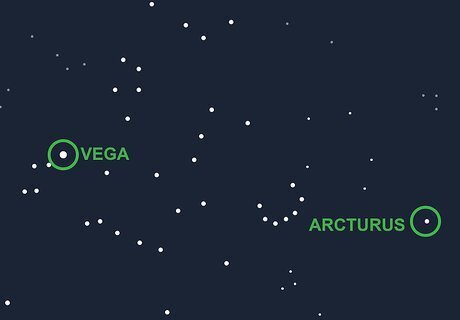
Locate the stars Arcturus and Vega that are close to Hercules. Arcturus can be found by looking southwest in the sky, while Vega can be spotted by looking east. These two stars are known as being some of the brightest, making them noticeable with the naked eye. You can use a star map to help you locate these two stars, if necessary. The Hercules constellation is between Arcturus and Vega.
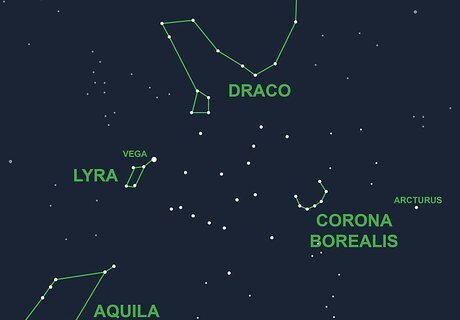
Spot neighboring constellations near the Hercules constellation. For example, constellations like Aquila (located southwest of Hercules), Corona Borealis (to the east), Draco (to the north), and Lyra (to the west) are all near the Hercules constellation. If you're able to locate any of these, it will help lead you to Hercules. Other constellations near Hercules are Sagittarius and Ophiuchus.
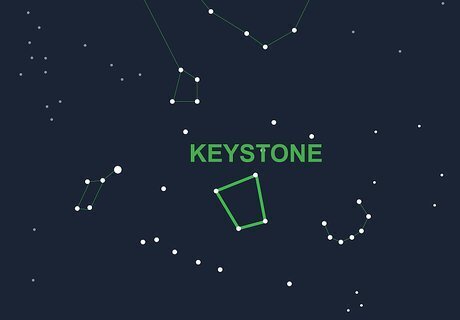
Look for the Keystone to help you spot the Hercules Constellation. The Keystone is a set of 4 stars in the shape of a square. The square of stars is tilted on its side similar to a diamond so that it resembles a torso. The Keystone is made up of the stars Eta, Pi, Epsilon, and Zeta Hercules. The Keystone stars are bright, making them easier to spot with the naked eye.
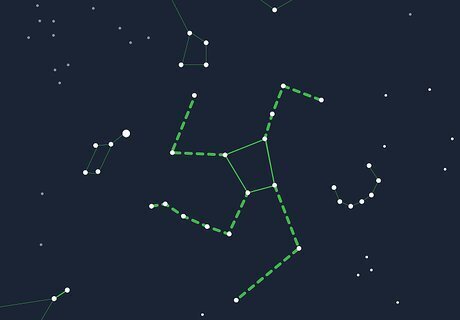
Try to find 2 legs and arms coming from the Keystone. Once you’ve located the Keystone, try to spot the 2 legs coming from the widest section of the Keystone, appearing as if they’re running. You’ll also be able to see 2 arms that are stretched above the torso. The arms and legs will be made up of stars strung along in relatively straight lines. The legs of Hercules are made up of at least 4 stars, with 2 being at the knees of Hercules and the others where his feet would be. The string of stars that make up the right arm is longer than those that make up the left.
Finding the Right Time and Location

Spot the Hercules constellation from April to November in the Northern Hemisphere. The Hercules constellation is easiest to spot in the summer months of the Northern Hemisphere, and it is visible for half the year in this portion of the world. While the constellation can be seen from most spots in the Southern Hemisphere, it’s easiest to see it if you’re in the Northern Hemisphere looking at the eastern sky.
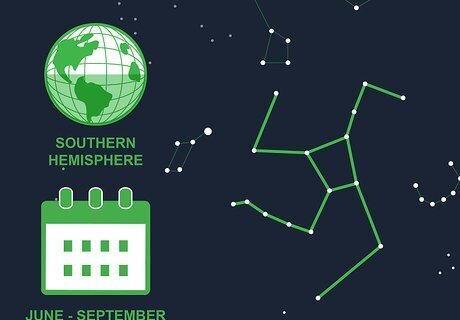
Look for the constellation from June to September if you're in the Southern Hemisphere. The Hercules constellation is a bit harder to spot from the Southern Hemisphere, with your best chance being to look for it during July when it's at its brightest. Areas that are farthest south, such as Antarctica, won’t be able to see the Hercules constellation.
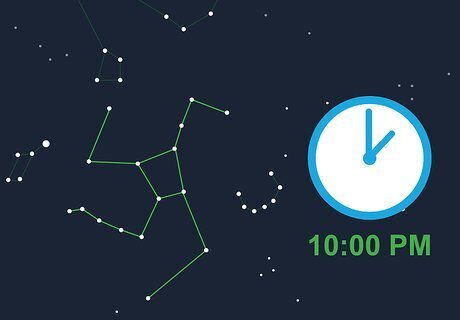
Go outside around 10 pm for the best view. You’ll need to wait until the evening or night to spot the stars so that they’re well lit. Go outdoors once it reaches 9 pm or later and look for a spot with lots of open sky, making it easier to see all of the stars at once.
Making the Process Easier
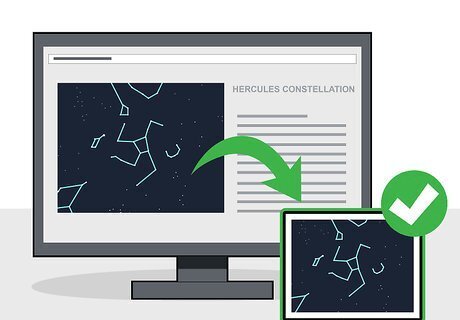
Consult a map or picture of the Hercules constellation for help. If you would like to know what the Hercules constellation looks like so that you can find it more easily, go online to pull up a picture of it. You can pull up the picture on your phone to bring with you easily outside, or you can print one out. Type “Hercules constellation” into a search engine and click on images to find a reference picture to help you.
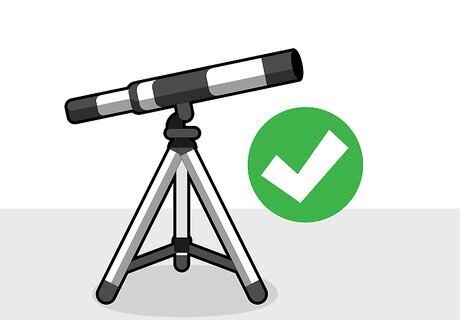
Use a telescope to make spotting the stars easier. If you have access to a telescope to help you see the stars, this is a great way to find the Hercules constellation. Look for the 4 bright stars with arms and legs coming from them and scan the sky slowly so that you make sure you don’t miss them. You can purchase a telescope from a technology store, as well as online.

Download a star-finding app to help you locate the constellation. There are lots of apps that you can download and use on your phone that will show you a map of the sky and assist you in locating certain constellations. Browse the star apps and download one that you think might help. Apps like Pocket Universe, Star Walk, Star Chart, and Sky Map are all great resources for finding stars.













Comments
0 comment